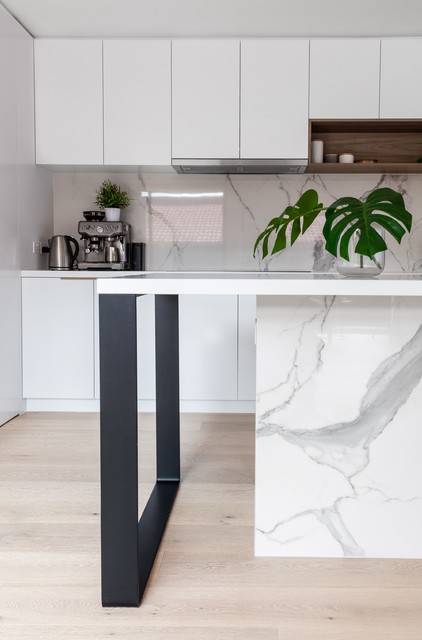Vital Tips for Selecting the Perfect Table for Your Cooking Area
Selecting the ideal table for your cooking area is more than simply a matter of taste; it requires a thorough understanding of your area and requirements. Begin by gauging your offered area to guarantee enough clearance for activity. The form of the table plays a critical function; while rectangular tables match larger areas, round ones foster affection, and extendable choices offer versatility. Material choice is similarly vital, with hardwoods giving resilience and glass lending a contemporary touch. The table must harmonize with your kitchen's appearances and suit your family members comfortably. What other factors might affect this crucial decision?
Step Your Area
Choosing the suitable dining table begins with a thorough assessment of your available room. This foundational action ensures that the table not only fits easily within the area yet additionally complements the general format and functionality of your eating location.
It is vital to leave appropriate room for chairs to be drawn out and for individuals to relocate around the table without blockage. A basic policy of thumb is to permit at the very least 36 inches of clearance from the edge of the table to the closest wall surface or item of furnishings.
Additionally, consider the number of people you usually delight and whether you require additional space for visitors. Selecting an extendable table can give versatility, permitting you to fit differing varieties of restaurants. By precisely gauging your area, you lay the groundwork for selecting a dining table that enhances both the looks and capability of your dining area.
Select the Right Forming

On the various other hand, round tables are exceptional for smaller kitchens or intimate celebrations, as they promote conversation by enabling everybody to encounter each various other. They additionally offer a feeling of comfort and can fit well in tighter areas due to their lack of sharp corners. Oblong tables provide the most effective of both globes, combining the size of rectangular tables with the affection of round ones, making them versatile for different settings.
Square tables are another choice, especially matched for square-shaped spaces. They develop a contemporary and in proportion look, promoting an equivalent eating experience for all seated.
Product Factors To Consider
When selecting an eating table, product factors to consider are critical in establishing the table's longevity, maintenance demands, and general visual. Wood is a classic choice, using ageless allure and toughness.
Glass-topped tables provide a modern-day, sleek look and can make a space show up larger as a result of their transparency. They need constant cleansing to avoid spots and fingerprints. Additionally, solidified glass is suggested for its additional stamina and safety and security.

Finally, composite materials like MDF (Medium-Density Fiberboard) or plywood are budget-friendly alternatives. These materials can simulate the look of strong wood however may not provide the same longevity. They are typically simpler to clean but can be susceptible to water damages otherwise properly sealed.
Ultimately, the selection of product must line up with your kitchen's design, your way of life needs, and your budget restraints. (kitchen island legs)
Seats Capacity and Convenience
How do you identify the ideal seating capacity and convenience for your eating table? For a family members of four, a rectangular table of 48 inches long or a round table with a 48-inch diameter is usually adequate.
Comfort is equally important. The elevation of the table should ideally be around 30 inches, giving a balanced ergonomic stance for seated diners. Chairs need to sit height of 18 to 20 inches to make sure a comfy dining position. Additionally, take into consideration the chair design; supportive backrests and upholstered seats can improve eating comfort dramatically, especially during extended dishes.
Style and Aesthetics
Selecting a dining table that suits your style and visual appeal includes balancing personal taste with the existing design of your dining space. The dining table is commonly the focal point of the More Bonuses cooking area, and its style must match the general style of the area. Whether your cooking area boasts a modern-day, minimalist appearance or a rustic, farmhouse beauty, the table you pick need to balance with these aspects to create a cohesive and welcoming ambience.
Think about materials carefully; wood provides a timeless allure and can vary from rich mahogany for a traditional aim to lighter oak for a contemporary feel. Steel and glass tables, on the other hand, can present a smooth, industrial side to your kitchen area. Don't overlook the table's form-- rectangular tables are classic and functional, while round and oblong choices can cultivate a much more intimate dining experience.
In addition, pay very close attention to details and coatings. A distressed finish may add personality and warmth, whereas a shiny surface can add to a clean, modern navigate here aesthetic. Inevitably, your table need to not only healthy flawlessly into your cooking area's design yet likewise mirror your personal design, elevating the area both functionally and visually.
Verdict
In final thought, picking the excellent dining table for a cooking area necessitates cautious evaluation of area, form, material, seating capability, and visual harmony. Making sure a minimal clearance of 36 inches helps with comfy movement, while the option of form enhances spatial dynamics. Material choice influences sturdiness and layout, making it crucial to line up with the cooking area's overall aesthetic. Inevitably, a well-chosen eating table fosters an inviting ambience and accommodates the home comfortably, therefore improving the eating experience.

When choosing an eating table, product considerations are vital web link in determining the table's sturdiness, upkeep demands, and total visual. For a household of 4, a rectangle-shaped table of 48 inches long or a round table with a 48-inch size is usually sufficient.
Do not overlook the table's form-- rectangular tables are flexible and traditional, while round and oval alternatives can cultivate an extra intimate eating experience. kitchen island legs.
Comments on “One-of-a-kind Kitchen Island Legs for a Personalized Kitchen Look”